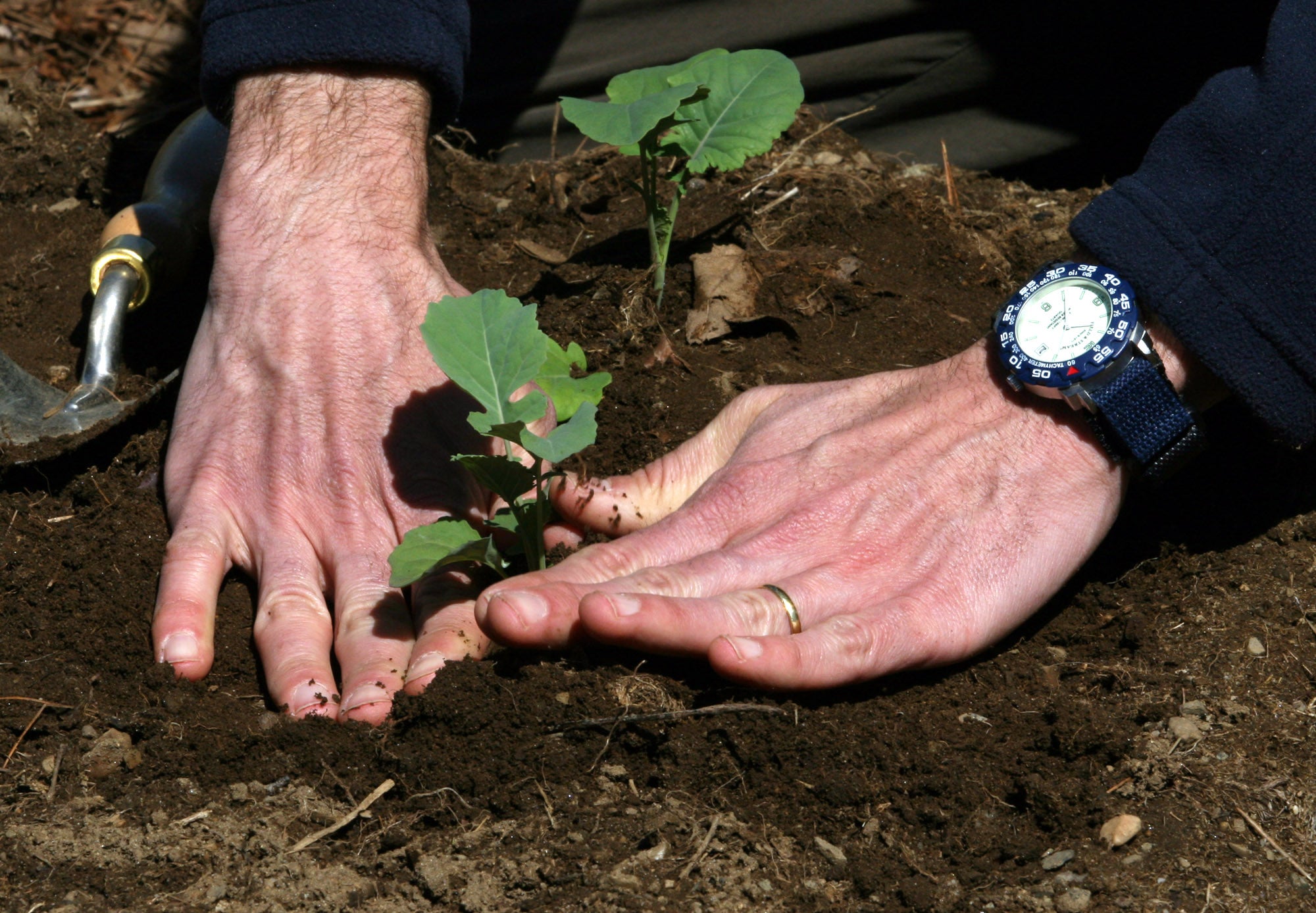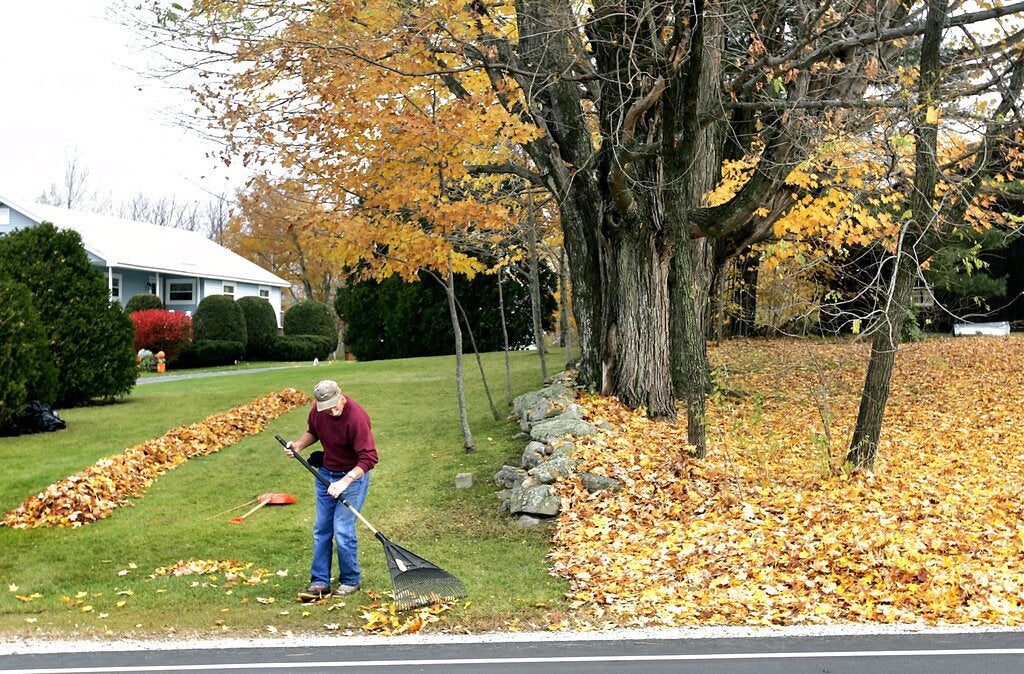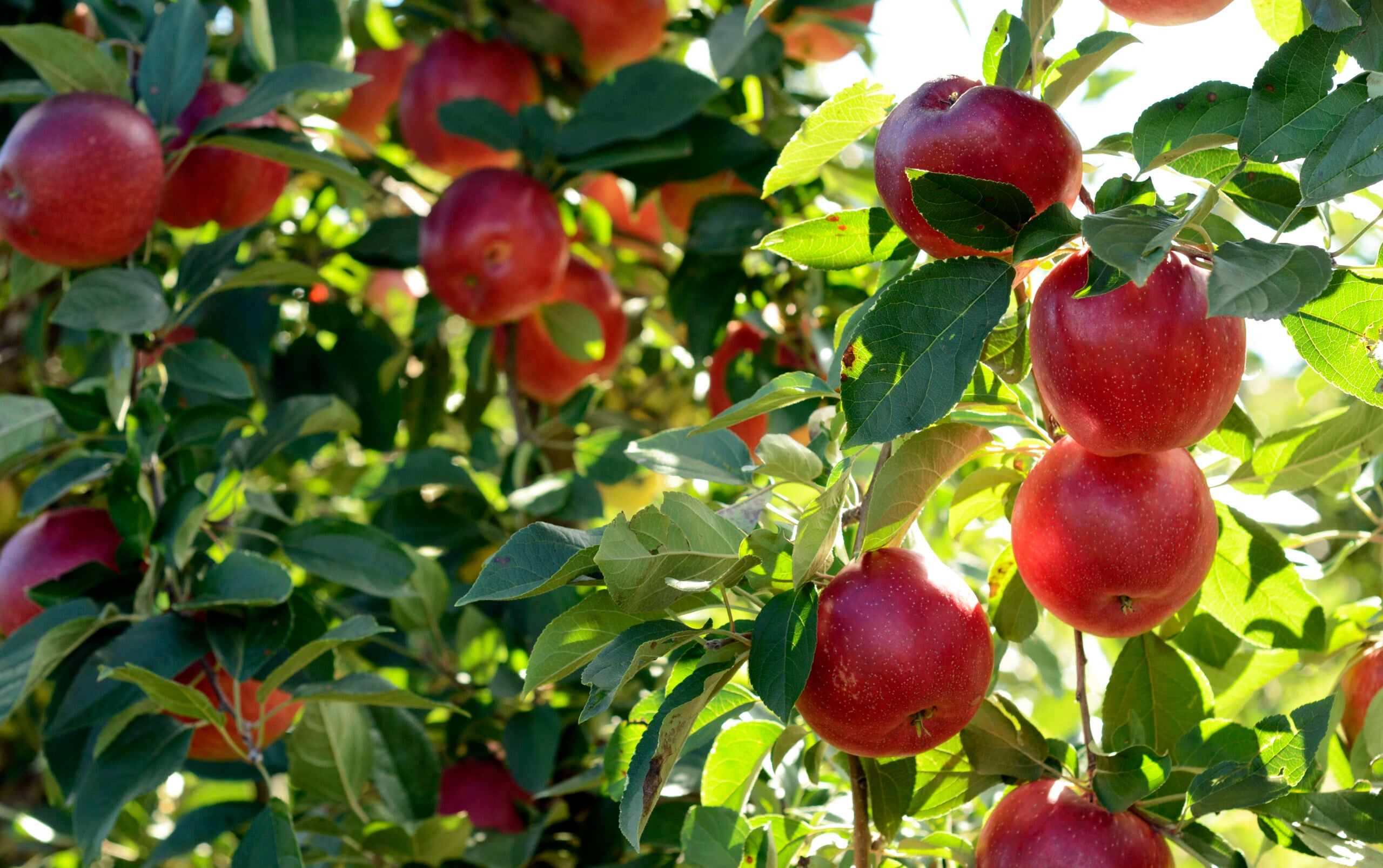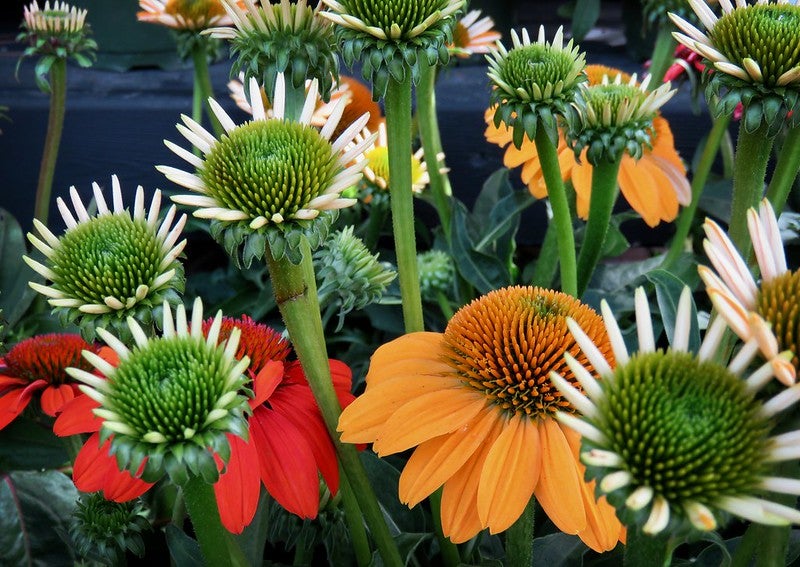Wisconsin’s wet and chilly spring — with likely more wet weather to come — has created challenges for getting home gardens off to a strong start.
While there are special considerations during wet seasons, gardening expert Melinda Myers says there are many steps you can take to mitigate any damage from oversaturation.
But before you start your garden, make sure the soil is actually ready for plants.
News with a little more humanity
WPR’s “Wisconsin Today” newsletter keeps you connected to the state you love without feeling overwhelmed. No paywall. No agenda. No corporate filter.
“You have to remember it’s been cooler and wetter,” she said. “So before you dig in, take a handful of soil, gently squeeze … and if it stays in a mud ball it’s time to come back inside or do something else … like plant some containers.”
Too much water can cause diseases like root rot and leaf spot. And if you rush getting your plants into soil that is too wet, you risk having problems not only through the growing season, but in years to come because you can ruin the soil structure, Myers said.
Not only do the steps you take to manage where water flows help keep your garden healthy, they also help keep community and waterways clean from runoff, she said.
Here are three tips Myers shared to manage damage from excess water flow in your garden:
1. Add Compost And Mulch
When preparing your lawn, adding a couple of inches of compost to the top 8 to 12 inches of soil will help with drainage in clay soil and water absorption in sandy soil, she said.
“It helps soil act like a sponge,” Myers said. “So instead of the water running off into the storm sewer, it’s absorbed into the ground.”
Then, mulching bare soil is good for the plants and protects the soil, while holding it in place, she said.
2. Maintain A Healthy Lawn
Keeping a healthy lawn will help not only absorb the water, but filter out any impurities, Myers said.
“So when you think about water on a parking lot and all the oil and the dirt and the grime near a lawn or a garden where chemicals have been used … lawns and other plantings help filter that dust and all of those materials out,” she said.
Trees also are an important part of managing stormwater, Myers said.
“They slow the velocity of water so that when it hits the ground it doesn’t roll off and erode our soil,” she said. “And some of that water is absorbed by the trees and they recycle it.”
3. Install Rain Gardens And Rain Barrels
Rain barrels and gardens are a way to take stormwater management to the next level, Myers said.
“It’s really trying to keep that water where it’s falling and using it in our gardens and managing it,” she said.
Rain barrels are hooked up to downspouts to collect stormwater, used for watering plants. And while rain gardens take a few more steps, they’re also simple to put together, she said.
“It’s a lot easier than it seems,” she said. “The idea of a rain garden is to trap that water so that when it’s running off the roof and down your yard, instead of going down the drive in the storm sewer in the road, it’s going into a garden.”
Wisconsin Public Radio, © Copyright 2025, Board of Regents of the University of Wisconsin System and Wisconsin Educational Communications Board.






